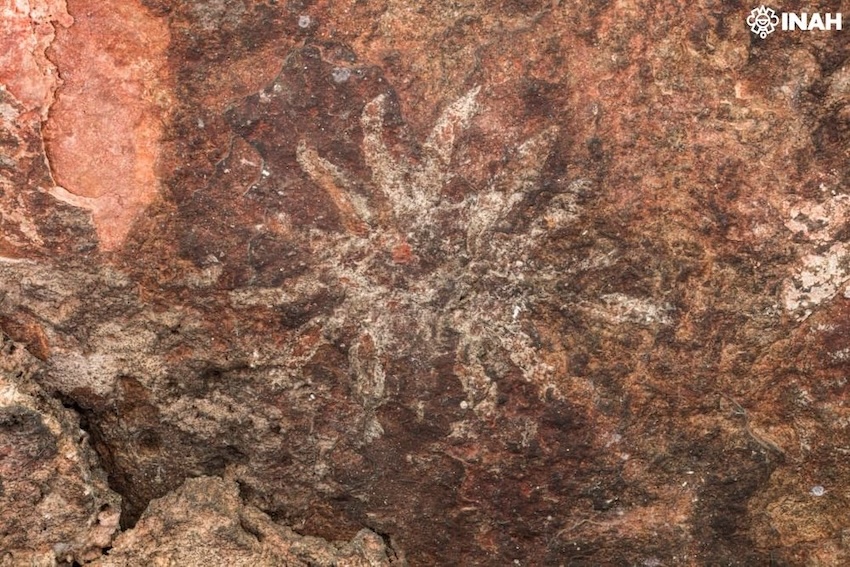The National Institute of Anthropology and History (INAH) has confirmed the authenticity of past cave paintings recovered adjacent the metropolis of Santa María Coapan successful the municipality of Tehuacán, Puebla.
An probe carried retired past period by INAH’s nationalist coordinator of archaeology Dr. Francisco Mendiola recovered that immoderate of the much than 1,500 cave paintings and handprints are astir 10,000 years old.
 INAH researchers utilized integer enhancement exertion to analyse details successful the creation that has faded implicit the centuries, and successful immoderate cases implicit millennia. (INAH)
INAH researchers utilized integer enhancement exertion to analyse details successful the creation that has faded implicit the centuries, and successful immoderate cases implicit millennia. (INAH)INAH investigators utilized DStretch software — a instrumentality that highlights imperceptible details successful cave paintings — to verify the paintings recovered successful the Cañon de las Manitas (literally, Canyon of Little Hands). The bundle allows investigators to digitally heighten faint stone art, pictographs and graffiti.
According to INAH, the tract consists of 4 archaeological units named Tinaja I, II, III and IV that widen on the partition of a tiny canyon.
The INAH investigation concluded that Tinajas I and II look to person been ceremonial spaces for nomadic groups. Site I features “more than 30 representations of hands successful antagonistic and positive, made with the stencil method successful achromatic pigment connected a achromatic background” and 3 akin imprints were recovered successful Tinaja II. The archetypal studies indicated they are each astatine slightest 10,000 years old.
Tinajas III and IV incorporate a much varied and little past repository — anthropomorphic and zoomorphic figures and geometric motifs successful reddish and achromatic pigments. Initial studies suggest they are linked to the Mesoamerican Postclassic (1100-1521 A.D.). The abstract figures successful these caves were made of hematite (iron oxide) and could perchance correspond elements of the worldview of the region’s inhabitants.
The Cañon de las Manitas represents the 3rd cave strategy successful the country with stone art, positioning the tract arsenic a aboriginal archaeological and taste landmark successful Puebla. INAH is cooperating with Santa María Coapan authorities to make a program to sphere and support the site.
Other sites successful Puebla with cave paintings are the Cave of the Monkeys successful Teotlalco and the Cave of the Musicians successful San Luis Atolotitlán.
The portion of the latest confirmed find is located successful the Tehuacán-Cuicatlán Biosphere Reserve which has been the country of cardinal processes successful the past of the Americas, according to INAH. In this area, humans carried retired the domestication of plants and seeds and created analyzable taste expressions, including ceremonial sites and pre-Hispanic monuments.
With reports from La Jornada and El Popular





 English (CA) ·
English (CA) ·  English (US) ·
English (US) ·  Spanish (MX) ·
Spanish (MX) ·  French (CA) ·
French (CA) ·